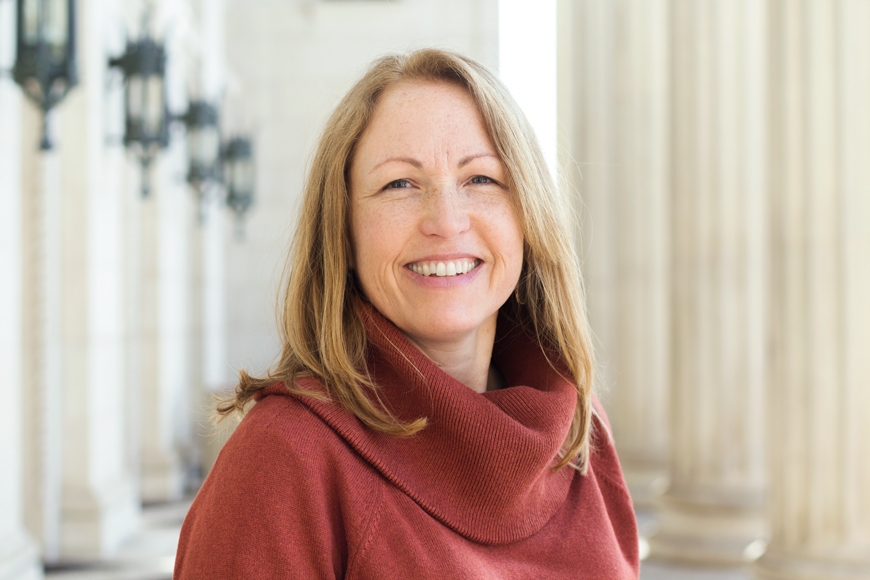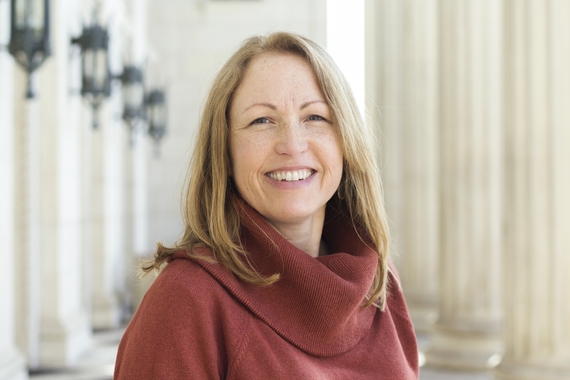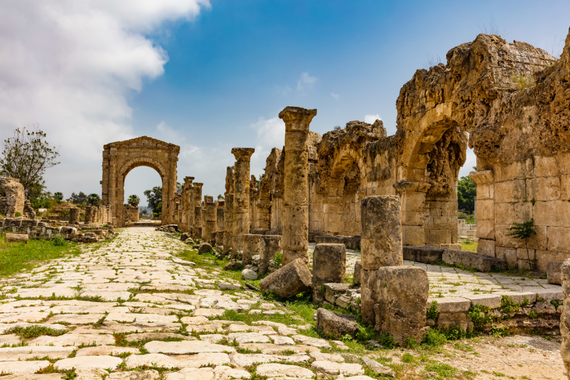Ancient Identities in Today's World
Professor Patricia Ahearne-Kroll’s fascination with ancient religion began with the Hebrew language. “I fell in love with the language—it’s just really beautiful to me. I did a lot of musical training as a kid, so to me it was a very musical language.”
Throughout her undergraduate and graduate studies, she became increasingly interested in the period between the death of Alexander the Great and the start of the Roman Empire, commonly known as the Hellenistic period. This, combined with her love for the Hebrew Bible, led her to specialize in Judaism during the period of the Second Temple. Her research focuses on Jewish people living outside of Jerusalem during the Hellenistic period and how their culture and religion intersected to impact their identities, activities, and motivations.
Rethinking Manuscripts and Jewish Identity
Today, Ahearne-Kroll has two exciting projects. The first is a book-length, critical study of Joseph and Aseneth. The earliest manuscript dates back to sixth century CE, however many scholars believe the story was written in sometime between 100 BCE and 100 CE in Egypt. Joseph and Aseneth tells the story of an Egyptian woman named Aseneth and her journey as she converts to marry the Israelite patriarch, Joseph. Ahearne-Kroll argues that for stories like Joseph and Aseneth it is essential to look towards the 91 original manuscripts rather than reconstructed texts, which can sometimes leave out essential parts of a work. She explains that her book “proposes a way to appreciate the diversity of the transmission of the story while also describing the context for its original composition in Hellenistic Egypt.”
Her second project focuses on the everyday lives of Jewish people in Hellenistic Egypt. For a long time, scholars thought that Jewish people outside of Jerusalem had to give up their Jewish identities in order to live in Greek communities, but recent evidence suggests otherwise. By examining archaeological and documentary evidence written on ancient papyri or epigraphy, original ancient inscriptions, Ahearne-Kroll seeks to describe what life was really like for Jewish people living in Egypt. “I like looking at the more complicated, messy reality of how identities shift and change and alter when they're interacting with all these different identities,” Ahearne-Kroll says. “Egypt is such a rich place to study because of all of our papyrological evidence.”
Modern Parallels
You might not think of yourself as being closely connected to the ancient world, but Ahearne-Kroll’s work shows that ancient people grappled with issues that continue to resonate with us today. For instance, she explains that studying ancient religion essentially means examining “how people understand their identities and what they think is the right way to live.” For many college students, this study is extremely relevant; finding their identity and their path is at the forefront of their minds.
In addition to the relevance of finding identity, Ahearne-Kroll’s classes help teach students how to understand other people and different perspectives. “They're going to encounter how much religious practice and identity intertwines with cultural identity,” Ahearne-Kroll says. “it’s going to influence how they make decisions, what’s going to get them upset, what won't.”
This story was written by an undergraduate student in CLA.



